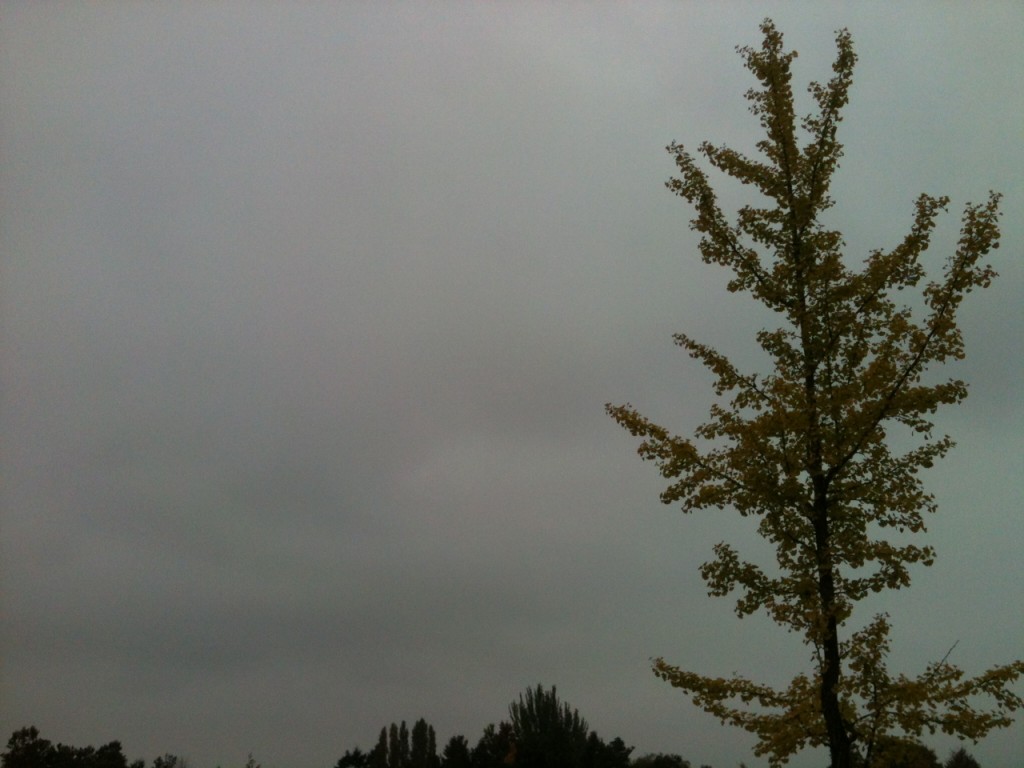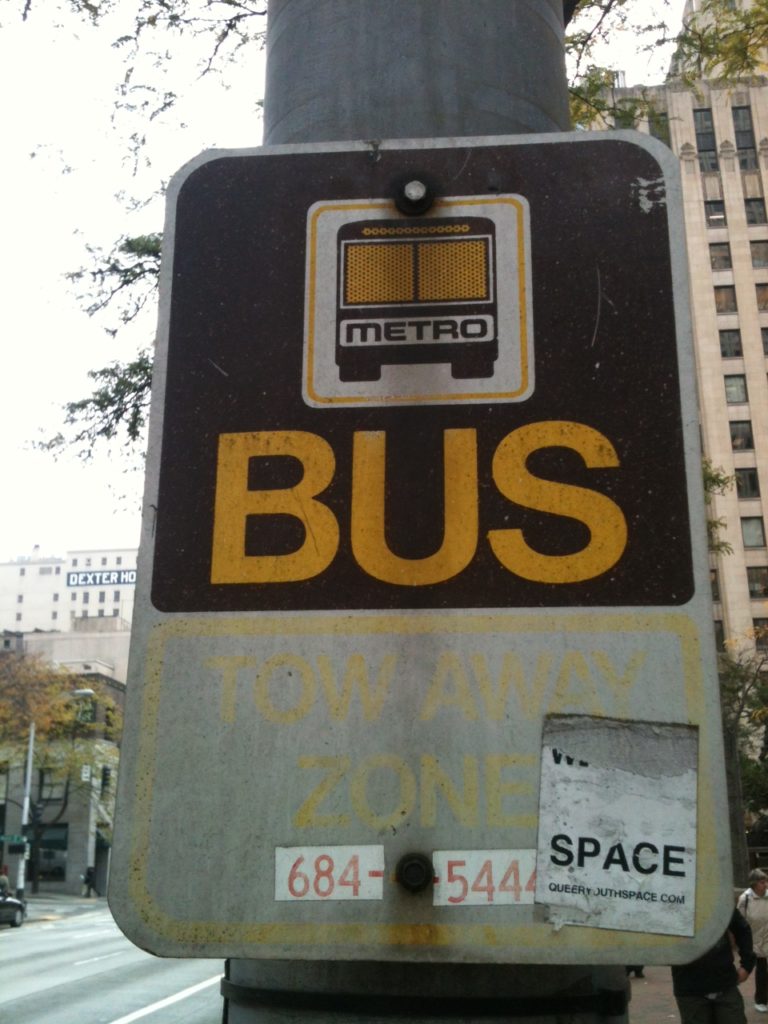
You can prepare no better for Seattle, to my mind, than by reading Tao Lin’s Stranger article “What I Can Tell You About Seattle Based on the People I’ve Met Who Are From there (I Live in Brooklyn),” at once the most and least informative piece ever written about the city:
When I make myself think concretely about Seattle, I get an image of a 12-year-old Native American boy reading a Sherman Alexie story collection in a Starbucks and it’s raining outside, then I seriously think, “The harsh reality of growing up in Seattle. Seems bad. Hard.” But if I think abstractly about Seattle, I feel a strange emotion like I’m currently living in a clean, well-furnished house with expensive electronic equipment in Tennessee in May by a small river on a green hill with no other houses nearby and that I have a steady cash flow and am working on multiple projects each day with a lot of excitement and no obligations. It feels really good and the opposite of hard. So “Seattle” abstractly means to me something like “basking in the sunlight of overwhelming gratitude for life and art” but concretely means to me something like “feeling like there’s no possible routes for escaping a life of poverty and alcoholism while staring at sentences written by Sherman Alexie in an environment of people shouting things like ‘quadruple soy latte.'” I don’t know. I feel “tricked.”
I grew up in Seattle, or rather, in one of Seattle’s eastern suburbs. (The one where Microsoft is.) But I went to school in Seattle proper for a sizable chunk of my childhood and subsequently spent most of my weekends there, so I’ve logged many a memory within city limits. Coming up in this part of the Pacific Northwest inured me to the psychological damage its harsh gray sky tends to inflict on transplants. (Hell, garments in varying shades of “harsh gray” make up a full third of my wardrobe.) The DSM-IV terms this condition I have avoided “seasonal affective disorder,” and when you type that into Google, two suggested searches pop up immediately: “seasonal affective disorder pacific northwest,” and “seasonal affective disorder seattle.” My girlfriend packed me off on this trip with a bag of delights that included a hip flask; were I SAD-susceptible, I’d have taken one look upward upon deplaning, sought the nearest source of liquor to fill it, and started taking slugs right away.
My friend Nick, who grew up in California, once told me of his love for Portland. “I’d move there in a heartbeat,” he insisted, “but I just can’t deal with the light cycles.” I had only known “light cycles” as those things the guys ride in Tron. But I imagine that whatever bothers him and so many others hits its nadir during this particular season, the fall. Having entered the PNW at such an early age, I’ve actually come to enjoy the flattened, steely, early-darkening autumnal Seattle condition more than any other. The rain, of which I have yet encountered none, can make it trying to get around, but when it pours, just stay home and drop the needle onto some old-school. I can imagine no more suitable setting.

As soon as I moved from western Washington to southern California, I noticed one stark difference: teriyaki joints do not dot the southern Californian cityscape. Neither native western Washingtonians nor southern Californians will immediately understand this, since the phrase “teriyaki joint” means nothing in particular to the southern Californian, and a western Washingtonian notices the actuality of teriyaki joints no more than a fish notices the water in which it swims. The standard greater-Seattle-area teriyaki joint — and here you’re seldom more than half a mile from one — offers a fairly utilitarian menu of plates involving rice, a pile of something like salad, and meats typically limited to beef, chicken, and pork. Shrimp and tofu if you get lucky. I snapped the above menu at Teriyaki Bowl in Madison Park, the off-campus lunch spot of choice at the school where I did junior high, but I could’ve done it anywhere. Few businesses in Los Angeles serve the particular segment of eaters that these teriyaki joints do; you either have to go way down the scale, where you find the purveyors of atrocious Mexican-geared Chinese food, or considerably up it, to the sushi specialists which might grudgingly and perfunctorily serve you a plate of sweetened chicken if you demanded it. But why would you?
If you really want to experience a city, give yourself missions to complete within it. My own missions typically arise, when not from interviewing, from my failure to pack certain essential items in my luggage. This often leads me into fruitful clothes-shopping expeditions, as it did this week in Seattle’s Westlake Center. Knowing I needed another jacket, I semi-consciously and semi-unconsciously did not bring one with me, hoping on some level that Seattle’s fast roughening weather would force my hand. (In any given Los Angeles moment, one never really needs needs a jacket.) Even as I was purchasing one, my friend Julian’s co-worker berated him for not lending me one. “He’s from California,” she said. “He don’t know.” Despite having lived twelve formative years up here, I get treated like a naturalized Angeleno whenever I visit. What’s more, I actually feel like one.

Toward the end of my sixth-grade school year, a couple teachers spent a week taking a small group of us around town by bus. They aimed, I suppose, to teach us feckless pubescents how to navigate an urban environment, but since most of my classmates there seemed primed to drive minty fresh SUVs to school on the morning of their sweet sixteen, the intended lesson probably didn’t take. I had fun, but came away from Seattle’s bus system even more bewildered when I started, not intending to rejoin what I saw as a farrago of unpredictable routes, indecipherable transfer slips, and interminable standing-around sessions any time soon. Despite having a much easier time navigating the city as a Google Transit-equipped 27-year-old than as an essentially technology-bereft preteen, I can now say for sure that Seattle suffers serious transit problems. The worst of these is probably that a bus ride costs $2.25. If you want to buy a smartcard — and I collect few other souvenirs — it will set you back an astonishing five bucks. (Compare San Francisco’s two-dollar Clipper card, or Los Angeles’ one-dollar TAP.) And the card doesn’t even work on the poor old Seattle Center Monorail. And the card is named after a whale.
I find Seattle pretty cool, really I do. At least most of the time. But at moments — and maybe only because I come from around these parts — I just have to facepalm.
[Previous diaries: Portland 2012, San Francisco 2012, Mexico City 2011]
Post a Comment